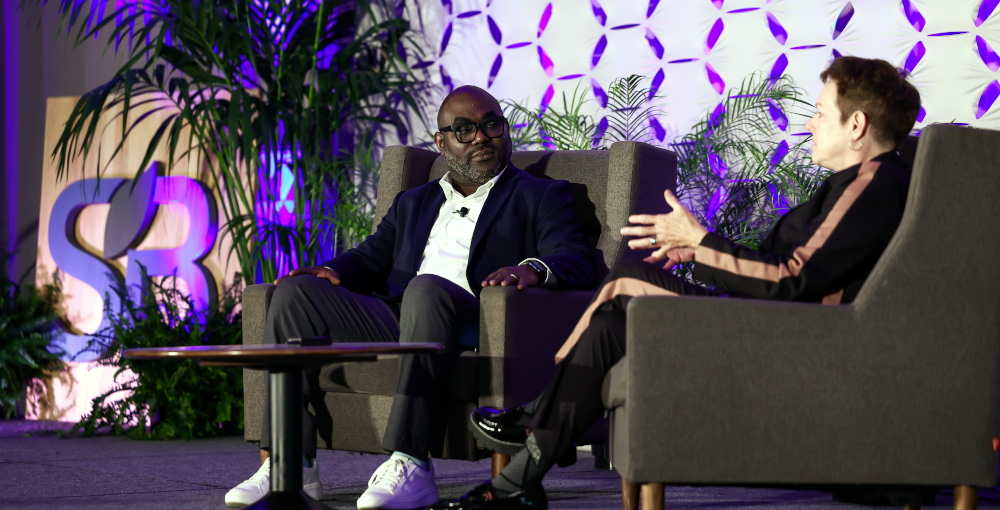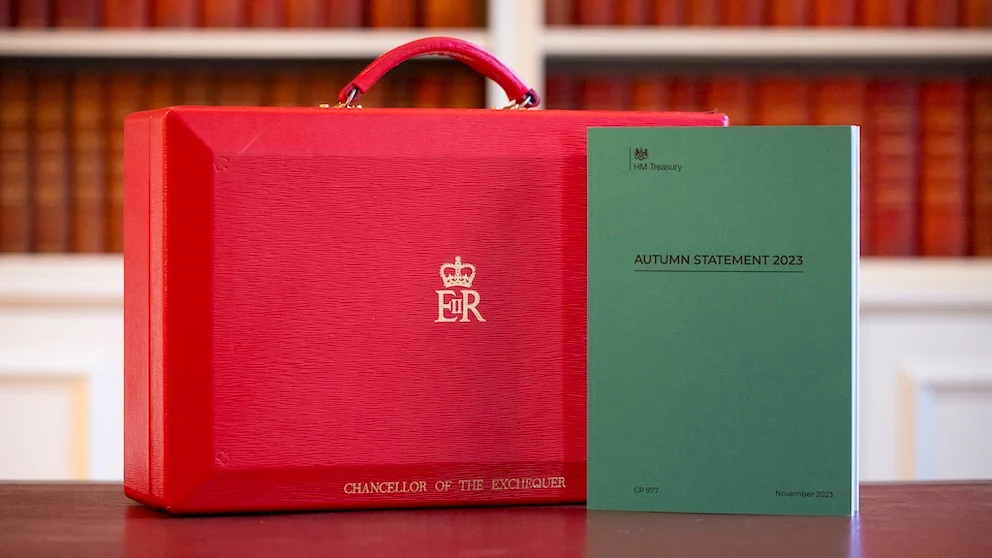Last month, Porter Novelli attended the Sustainable Brands flagship conference in San Diego, joining more than 1,200 professionals across 17+ industries. As conference sponsors, we hosted a number of speaker sessions, workshops, and luncheons; as client leaders, we supported three client panels; and as attendees, we learned from the foremost experts in the sustainability space. We also debuted our sixth annual Purpose Priorities Report on the main stage.
Throughout the week, we heard from brands, innovators, and thought leaders committed to creating a flourishing future. Below, we share three of the most compelling and unique POVs shared at Sustainable Brands 2023.
#1: Scaling requires sharing.
Over the past few years, brands have focused on ways in which companies can impact sustainability by collaborating with one another in the “pre-competitive” space. In many instances, these pre-competitive efforts would manifest in companies working together to create standards to benefit their industry as a whole. This year, however, corporations seemed poised to take the leap and work with competitors in a post-competitive space in order to achieve expedited change at scale.
Notably, Procter & Gamble’s President and CEO, Jon Moeller, mentioned that the company was “making useful technologies available to all, even competitors.” He provided the example of P&G’s recent approach towards marketing their solution for polypropylene, a notoriously difficult-to-recycle plastic, saying, “Our team invented a different method for recycling polypropylene…But we don’t have enough of a need for the technology to scale it and make it economically attractive; so, we’ve licensed the tech to a company that can make more use of it across multiple industries.”
#2: Tangibility matters.
The language of sustainability is often opaque, especially for the average consumer. When it comes to intangible concepts like “emissions” or “carbon footprints,” in particular, brands must be innovative if they hope to inspire consumers to adopt more sustainable behaviors. Visa, for example, has chosen to face this challenge head-on, and with a new partner, has adopted a system that empowers consumers to better understand, and therefore control, their carbon footprint.
On the main stage, Visa’s Chief Sustainability Officer, Doug Sabo, explained why the company is so passionate about educating their customers: “We don’t make or sell anything. But we do see, and enable, consumption all over the world.” Through a partnership with ecolytiq, Visa’s banking app can now show users “carbon emission calculations alongside their bank transactions.” As ecolytiq explains, “based on each purchase made with a Visa card, ecolytiq…offer[s] banking customers more transparency and empowerment around their purchases.” To see a number on a page or a web screen makes the idea of carbon emissions real to many consumers. And by making it real, brands like Visa are enabling their customers to make more sustainable choices.
#3: Transparency ensures accountability.
Although companies have made commitments (and strides) towards achieving lofty corporate sustainability goals, such as “achieving net zero” by a certain date, few have shared their progress in a concrete or meaningful way with consumers. Some corporate practitioners, like Alex Tepper, Global Head of Ventures at Frog (part of Capgemini Invent), view this lack of transparency as a missed opportunity that would otherwise encourage “more innovation and growth opportunities” for companies.
Although brands are typically loathe to acknowledge and communicate falling short of their sustainability goals, a 2022 research report published by Capgemini reveals that the companies that “openly sharing data around net-zero goals are the ones that are further ahead in this journey.” In addition to being better for business, transparency around progress is simply about doing it what is right. And it is what consumers expect. As Karen Ermel, Director of Responsible Investing at private bank Coutts, says: “Your long-term target is great – but who’s still going to be around to check that you’re actually doing that in 2050?”

















